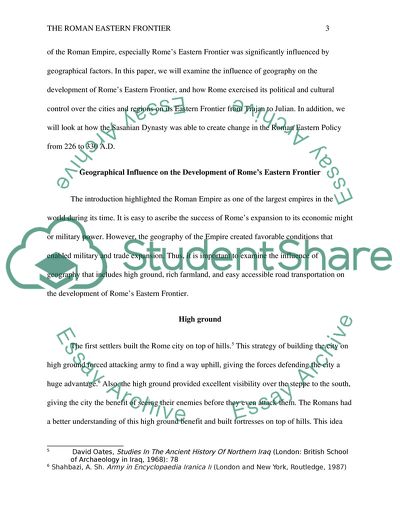Cite this document
(The Roman Eastern Frontier Essay Example | Topics and Well Written Essays - 2750 words, n.d.)
The Roman Eastern Frontier Essay Example | Topics and Well Written Essays - 2750 words. https://studentshare.org/history/1877980-the-roman-eastern-frontier
The Roman Eastern Frontier Essay Example | Topics and Well Written Essays - 2750 words. https://studentshare.org/history/1877980-the-roman-eastern-frontier
(The Roman Eastern Frontier Essay Example | Topics and Well Written Essays - 2750 Words)
The Roman Eastern Frontier Essay Example | Topics and Well Written Essays - 2750 Words. https://studentshare.org/history/1877980-the-roman-eastern-frontier.
The Roman Eastern Frontier Essay Example | Topics and Well Written Essays - 2750 Words. https://studentshare.org/history/1877980-the-roman-eastern-frontier.
“The Roman Eastern Frontier Essay Example | Topics and Well Written Essays - 2750 Words”. https://studentshare.org/history/1877980-the-roman-eastern-frontier.


